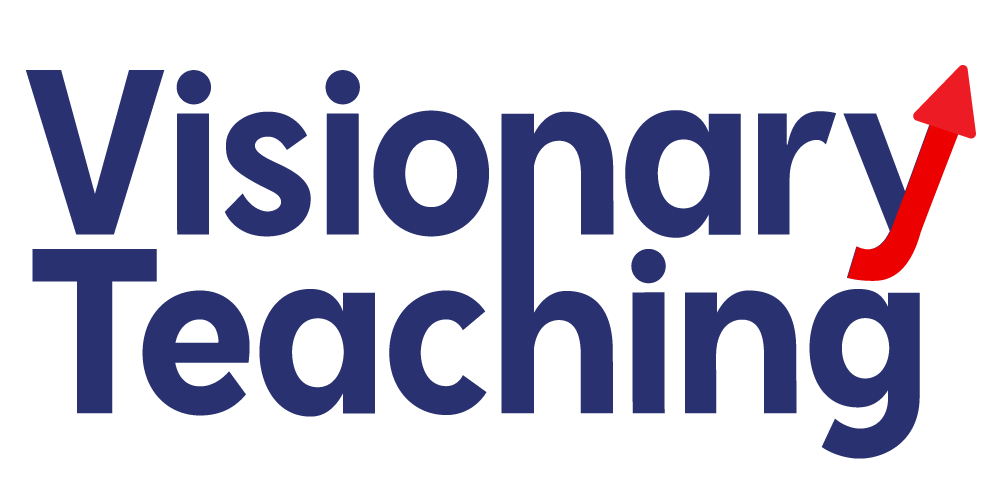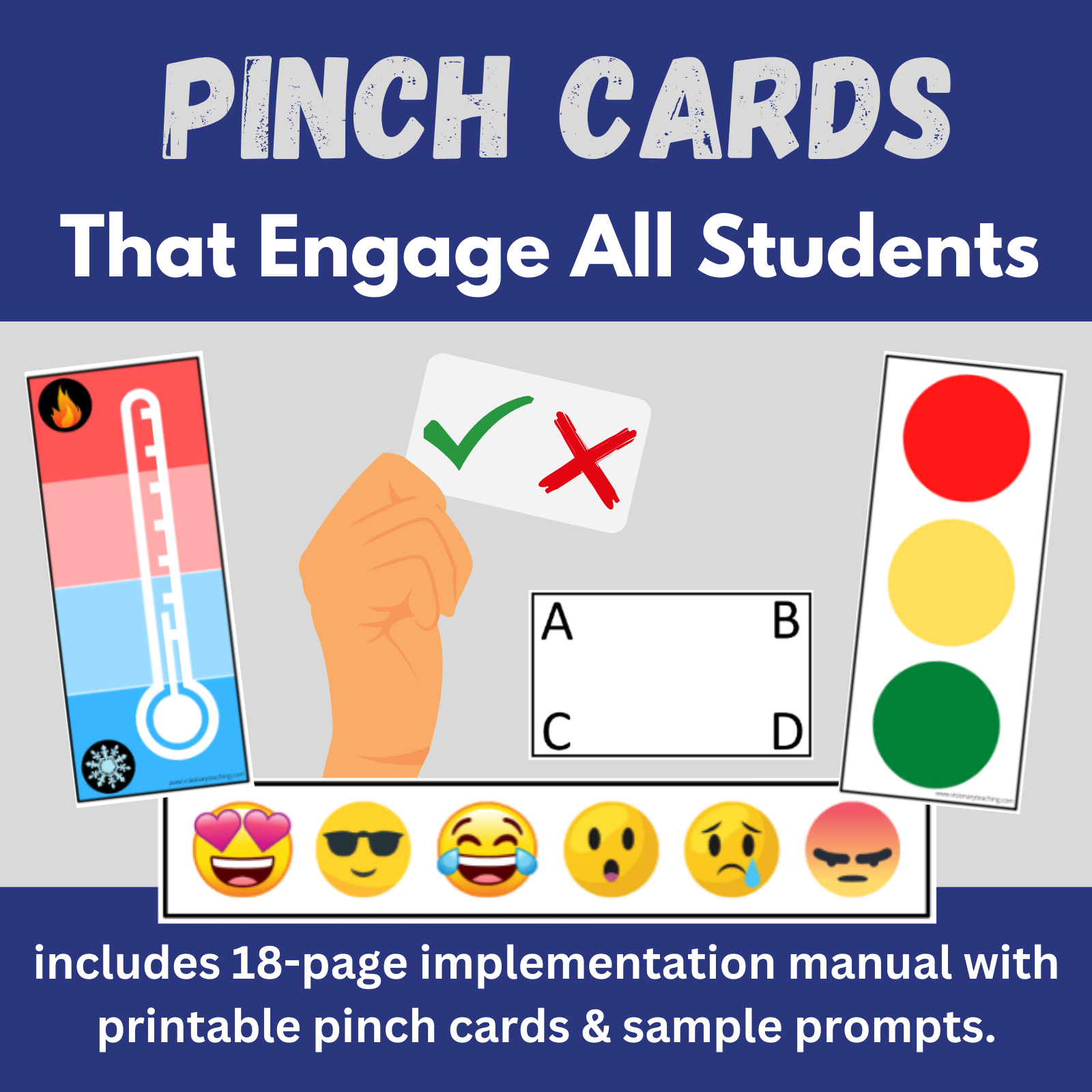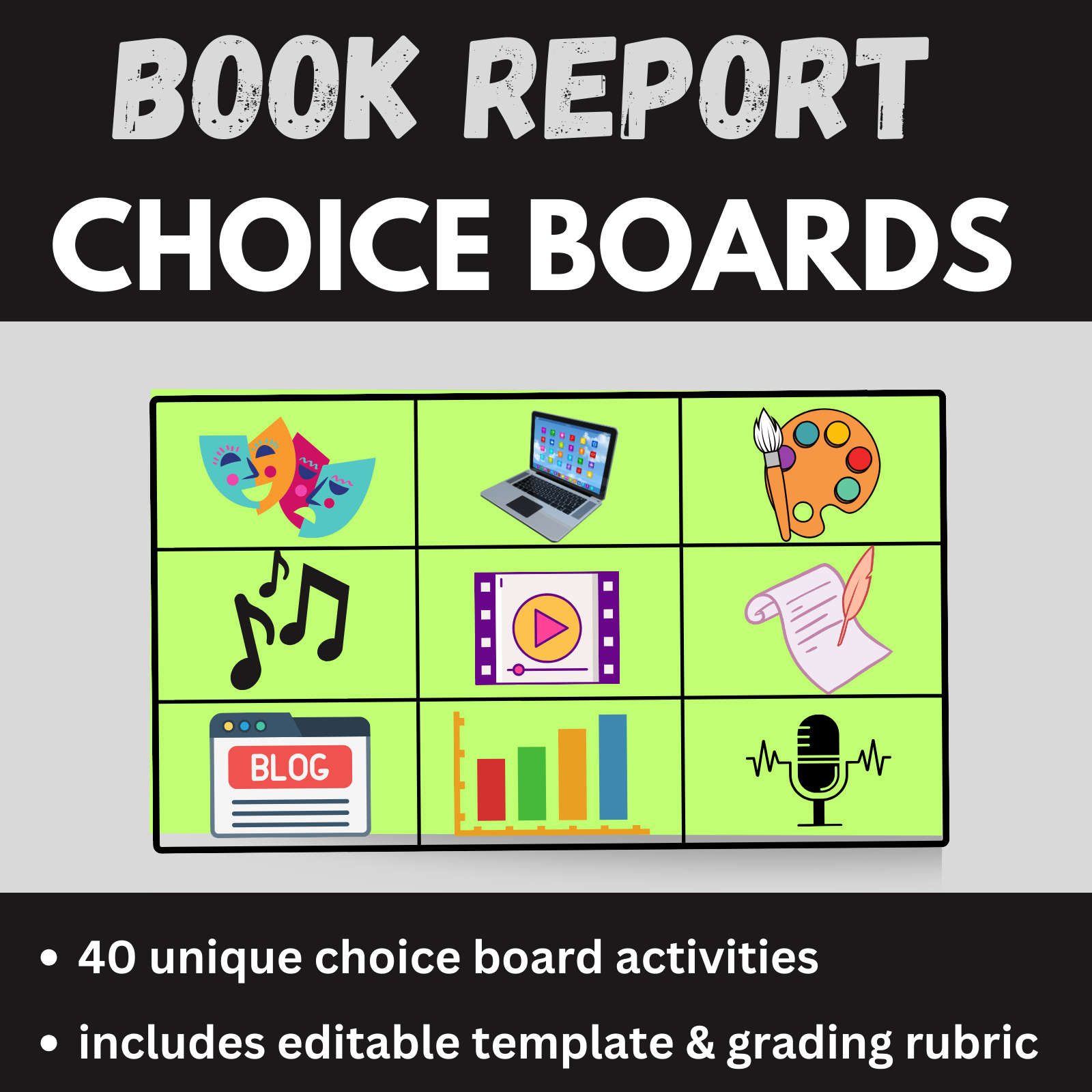
Equity is a hot button issue in American public schools. Educators work hard to provide the best possible instruction for their students. In some places, the idea of equity in schools seems to be misunderstood. The issue may be a general misunderstanding of what equity is and why it is necessary.
This article is intended to provide a general overview of how equity can improve learning opportunities and outcomes for students. It is true that, under an equitable approach, individual students may receive access to varying supports and resources. As you will discover, not every learner needs access to all supports. Unfortunately, it seems that the loudest voices of dissent come from families and communities that are the least in need of equity.
Equity vs. Equality
Equality means that all learners will have the exact same opportunities, resources, and supports. In many areas of life, equality is the standard to which we should aspire. However, this model does not work in education.
Before we dive deeper into the subject, I need to clarify this idea. Certainly, each individual student should be treated with equal care, dignity, and respect, and be seen as an equal member of the school community. For our purposes, we will consider equity with regard to the resources and opportunities needed for learning.
Not every student will require, or benefit from, the same resources and opportunities. When we pursue equity, we work to ensure that each individual is offered a fair chance to learn and succeed in school. Whereas equality requires everyone to receive identical treatment, equity asks educators to consider individual needs and allocate opportunities and resources accordingly.
Equity Levels the Playing Field
A common example of equity in schools is the existence of special education services. Based on specific needs, students with disabilities qualify for services or accommodations such as specialized instruction, extended time to complete assignments, audiobooks, or a sign language interpreter. Some students with disabilities also receive occupational therapy, speech therapy, physical therapy, and specialized instruction from a special education teacher. If public schools sought equality for all students, every child in the school might receive occupational therapy and have a sign language interpreter, which is neither necessary nor fiscally possible. Worse yet, equality might dictate that since everyone cannot receive these support, nobody will receive them.
Equality
Equity


Let’s consider these two images. In both images, we see three kids who want to watch a baseball game, but the wooden fence creates a barrier. On the left, students are given equal supports- one box. This approach only helps the child in the middle. The taller boy did not need the box to see over the fence and the shorter girl still cannot see. On the right side, we see an example of equitable supports. Each child is given the appropriate number of boxes needed to see over the fence. Each child now has a fair and equitable opportunity for success.
This concept translates well to school instruction. Equity ensures that every student has a fair opportunity for success. We provide the supports that are needed; no more, no less. Students who receive equitable supports do not gain an unfair advantage over their peers. We are merely seeking to level the playing field.
Who Benefits from Equity?
It is important to acknowledge that the need for equity extends beyond students with disabilities. English language learners and students of other cultures would benefit not only from learning materials that acknowledge their cultures, but from assessment materials that are void of cultural bias. Students from low socioeconomic backgrounds would benefit from fair access to the most experienced and skilled teachers. Schools from poorer neighborhoods that may not have access to wealthy donors would benefit from greater access to district funds for technology and instructional materials. Title IX is a federal law that promotes gender equity by, among other things, ensuring that female students have fair access to science, technology, engineering, and math (STEM) courses and school athletic opportunities. These are but a few examples of how equity seeks to level the playing field and give each student a fair chance at success.
Another Way to Look at Equity
We just considered equity and equality as two separate approaches that schools might take when serving students. From that perspective, equity seems like the way to go. What if we instead consider equity and equality as being related? Through this lens, we might theorize that equity is required in order to achieve equality. When each student receives the opportunities and resources needed to be successful, then a school will have achieved equality.
Practical Solutions
There is a great wealth of available information for improving equity in schools. A simple Google search will uncover contemporary research, helpful texts, and engaging blog posts. Since Visionary Teaching is all about sharing practical strategies with educators, we will offer 4 easy ways to improve equity in your school or classroom.
1) Universal Design for Learning
Universal Design for Learning (UDL) is a framework that seeks to eliminate potential barriers to learning so that all students have fair access to instruction. When we consider UDL, we acknowledge that our students are diverse and that factors such as disability, socioeconomics, culture, and background knowledge make a one-size-fits-all approach to teaching problematic. You can learn more about UDL and discover some new ways to engage, teach, and assess your diverse learners.
2) Student Choice
Try to give your students as many choices as possible; offering choice in how they will take in new information and choice in how they will demonstrate what has been learned. One great way to approach this is through the use of choice boards. Choice boards not only allow students to discover their strengths and preferences, but also help them increase engagement and learning by playing to their strengths.
3) Use Diverse Texts in Your Classroom
All students should feel represented in their curriculum materials. Our reading materials and media selections should be as diverse as the people in our communities. Choose resources that represent a range of gender, are, culture, and ability/disability.
4) Opportunities to Respond
Every learner needs as many opportunities as possible to interact with content. When we call on one student at a time to answer questions, it can be very difficult to offer every student a fair chance to participate. Embracing whole-group opportunities to respond (OTR) allows all students to receive a large number of chances to engage in a lesson. Many OTR strategies offer equity by eliminating barriers to learning that may be experienced by English language learners or students with disabilities. And, many of these OTR activities will leave students feeling like they are playing games!



